A spirit drink is an alcoholic beverage obtained through distilling natural fermented products or by macerating plant substances. A distinction is made between simple spirits or eaux-de-vie such as vodka, rum, whisky, tequila, etc., and composed alcohol spirits such as liqueurs or anise-based spirits obtained by adding aromatic substances.
Strong alcohols are acclaimed by consumers and are symbols of fellowship and also represent a promising market backed by an array of initiatives. Linked closely to the economy and the history of societies, these alcoholic beverages reflect an ever-changing sector. Let’s check out the data on the subject, the latest trends and innovations, particularly plants, which alcohol producers use to win consumers along with natural ingredients proposed by Natural Origins in the spirits field.
State of the spirits European market
In the world, it’s Europe which records the greatest alcohol consumption per inhabitant: in 2016, the average adult consumed approximately 10.3 litres equivalent of pure alcohol [1]. In 2022 spirits represent 4212.5 million litres and should reach 4337.4 million litres in 2025, a 2.96% increase [2].
In face of the Asia Pacific demand, by 2025 the world spirits market is set to increase by 8% [3] and by 13% in 2024 for high end spirits (world market share by volume) [4] .
The global spirits market was impacted by the Covid-19 pandemic and the closing of alcohol consumption places. Needless to say in 2020, France ranked second with its exports, after the United Kingdom [5], representing 4.9 billion euros. 69% of the French spirits market concerns Cognac, while Rhum, Gin and Vodka markets are growing.
It can be noted that the market is influenced by the premiumisation trend. Certain brands develop ambitious products, namely new categories of alcoholic beverages. Consumers themselves are drawn to artisan, local or regional products with an ecoresponsible approach [7]. Plant-based local spirits are experiencing strong growth, particularly anise-based aperitifs ("fresh plants" reference) with sales revenues exceeding billion euros [8].
Over the coming five years, overall sales of alcoholic beverages online across key world markets are expected to grow by 66%, to reach over 42 billion US dollars, according to the findings of IWSR [9] the main source of data on the alcoholic beverage world market.
In fact, electronic commerce increased by nearly 43% in 2020 in 16 key markets and by 2025, and is expected to represent approximately 6% of all alcoholic beverages not including traditional marketing places. This study also reveals that close to one forth of alcohol drinkers in the world purchase on-line: Chinese account for approximately 60%, followed by Americans who accounted for 54% of the buyers during the pandemic [10].
According to the Baromètre Sowine/Dynata 2022, 80% of French spirits drinkers drink rum while whisky remains the most consumed alcohol for regular spirits drinkers (48%). Vodka is popular for 64% of alcohol and liqueur drinkers, a slight decrease, posting second place for 62% of occasional drinkers [11]. Another Sowine marketing and communication agency reports on the renewed interest of the Made in France spirits, particularly Calvados and Armagnac [12].
The number of new spirits products in Europe between 2020 and mid-May 2022 went from 704 to a total of 1798 [13]. These alcoholic beverages are composed of the following ingredients: licorice, ginger, sugar, juniper berries and extract, lemon, cardamom, spices, plant extracts, fruit and fruit products, cane sugar, agave, black pepper, coriander, herbs, lime zest, green tea, vanilla, orange extract, natural blackcurrant flavouring, quinine, guarana, clove extract, caraway seed, fennel, barley, aniseed, thyme, almond flavour, plum, linden tree flowers, birch bud extract, etc…
The constantly changing spirits market provides a wide range of perspectives while adapting its products to consumer tastes.
Evolving toward new categories of spirits
The interest of consumers for artisan beverages combined with an overall positioning for high end products enables brands to propose products in not historically active sectors (whisky, vodka, gin). Recognised distillation expertise allows numerous distilleries to propose a growing number of whisky, liqueur and gin references. In France, for example, agricultural rum meets the growing demand for brown spirits, particularly in anglo saxon countries.
While consumer behaviour is evolving and is directed toward market strategies and innovating products, the following are the principle world trends for alcoholic beverages in 2022 (based on the IWSR database on beverage alcohol world market):
- New spirits categories with diversifying products and emerging luxury products such as Irish, American and Japanese whisky or agave-based spirits with its staggering growth in 2020, which continues to grow.
- Premium products greater than volumes consumed in 2020.
- Flavour is the main purchasing driver for consumers with the alcohol quality and type of cocktail: malt based flavoured beverages, ready to drink alcohol beverages (alcoholic, fermented teas) and cocktails, neutral spirits with white wine cooler flavours or grain-based flavoured vodka-martinis.
- Diversification: consumers test new beverages, particularly hard seltzer [14] & [15] : low calorie alcoholic sparkling water between 4 to 6 proof. 4 billion USD in sales in 2020 were recorded!
- Commitments and sustainable practices: a IWSR study revealed that 48% of American alcohol drinkers are positively influenced by sustainabiity and environmental initiatives when purchasing compared to 72% Brazilian consumers and 70% urban well off Chinese alcohol drinkers.
The Global New Products Database (GNPD) of Mintel [16] shows that nearly 60% of new ready to drink cocktails, so called "alcoholic sparkling water" in North America have doubled in 2020. Vodka is the most popular alcohol-based beverage.
Innovations, flavours and flavouring plant-based alcoholic beverages
A study by Mintel shows that since threee years, over 40% launches of flavoured alcoholic beverages concern 15 flavours with grapefruit in first position.
In addition, the current mixology trend, the art of creating cocktails and mixtures, puts gin in centre stage to which traditional plants such as juniper berries, coriander seeds and cardamon are, for example, associated with more sought after and original botanical ingredients: sandal wood, bergamot, yuzu, Sansho pepper, combava, oriental spices, etc…
Using plants is connected to history: herborist monks created liqueurs or elixirs from so called medicinal ancient plants. Chartreuse, for example, contains at least 130 plants. Formerly designed for curing purposes, then popularised for its digestion attributes, current day liqueurs still have the accents of numerous plants: white flowers, camomille, angelica, badian or cumin, thyme, rosemary or marjoram [19]... Their fabrication revolves around ancestral plants from, for example, valerian, gentian, hyssop or vulneraria.
The alcoholic beverage industry emphasises plants and fruit as key ingredients. Consumer’s preference for naturalness, simplicity and custom designing have given rise to a new boom in flavoured spirits and fruity flavours along with new formulations focused on plants. Increasing numbers of products use this strong botanical extracts trend as a means to come in line with omnipresent priorities for consumers’ well-being and health.
In order to respond to this craze, Natural Origins pursues its commitment with its organic ingredients supply chains.
We invite you to browse through this theme shortly, the solutions and suggestions of our Botanical Studio® to accompany you in designing your spirits, which make Natural Origins a real "flavour passer".
Please feel free to contact us.
To see our entire product range, check out our online catalogue available 24 HOURS A DAY 7 DAYS A WEEK.
Sources :
[1] https://www.touteleurope.eu/societe/la-consommation-d-alcool-en-europe/
[2] Alcoholic Drinks: Euromonitor from trade sources/national statisticis
[3] https://www.businesscoot.com/fr/etude/le-marche-des-spiritueux-france
[4] https://blackthornsdesign.com/blog/happy-hour/tendances-consommateurs-secteur-spiritueux/
[6] https://www.lsa-conso.fr/gin-rhum-tequila-les-alcools-blancs-etoffent-leurs-propositions,402956
[7] https://blackthornsdesign.com/blog/happy-hour/tendances-consommateurs-secteur-spiritueux/
[8] https://www.lsa-conso.fr/s-offrir-une-nouvelle-jeunesse-un-vrai-defi,331391
[12] https://www.lsa-conso.fr/les-six-tendances-du-marche-des-vins-et-spiritueux-etude,375698
[13] GNPD-Mintel
[14 ] https://mundolatas.com/fr/the-big-boys-bet-on-drinks-hard-seltzer/
[17] https://www.spiritueux.fr/spiritueux/
[18] https://www.lsa-conso.fr/le-gin-un-spiritueux-de-plus-en-plus-chic,376148
[19] https://www.liqueurs-pecorari.fr/blog/top-15-des-liqueurs-de-plantes

Graziella Riant-Dalibard
Head of BU Taste


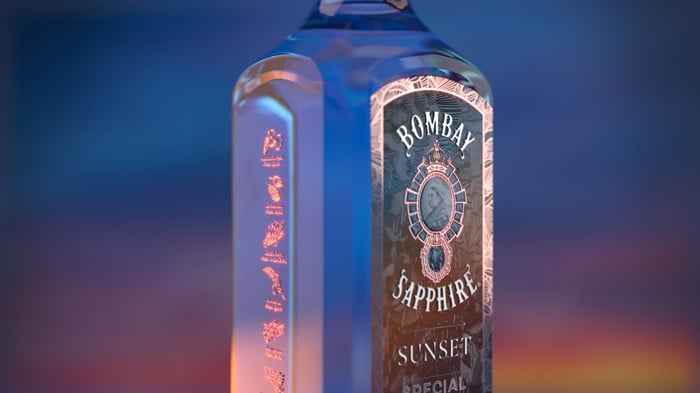
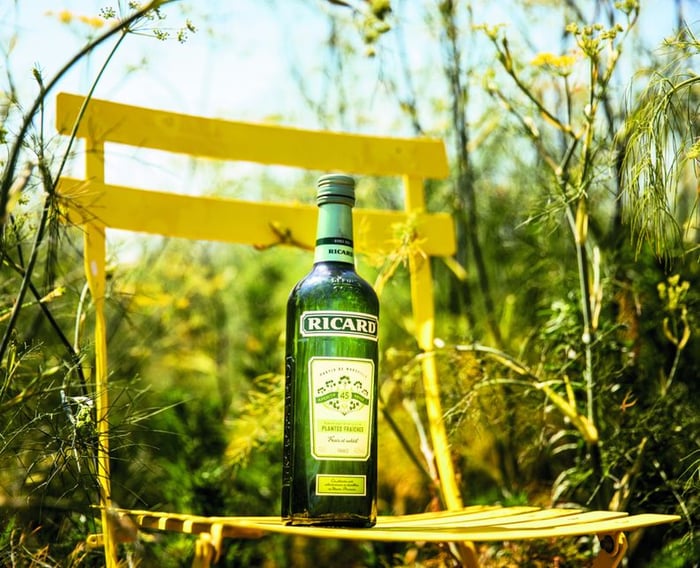
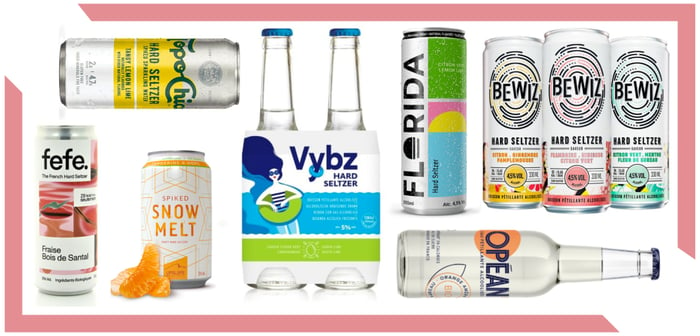
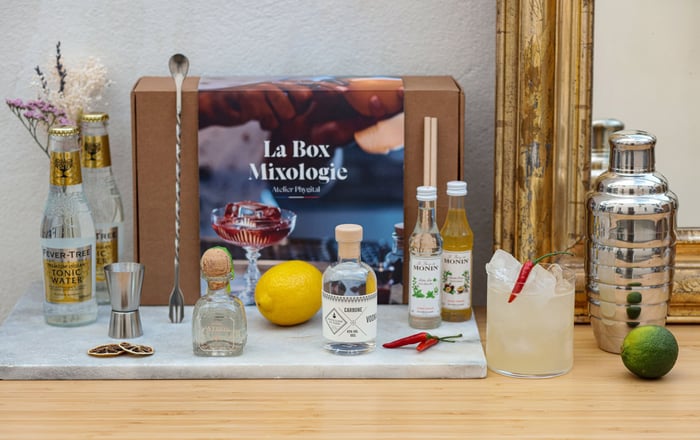


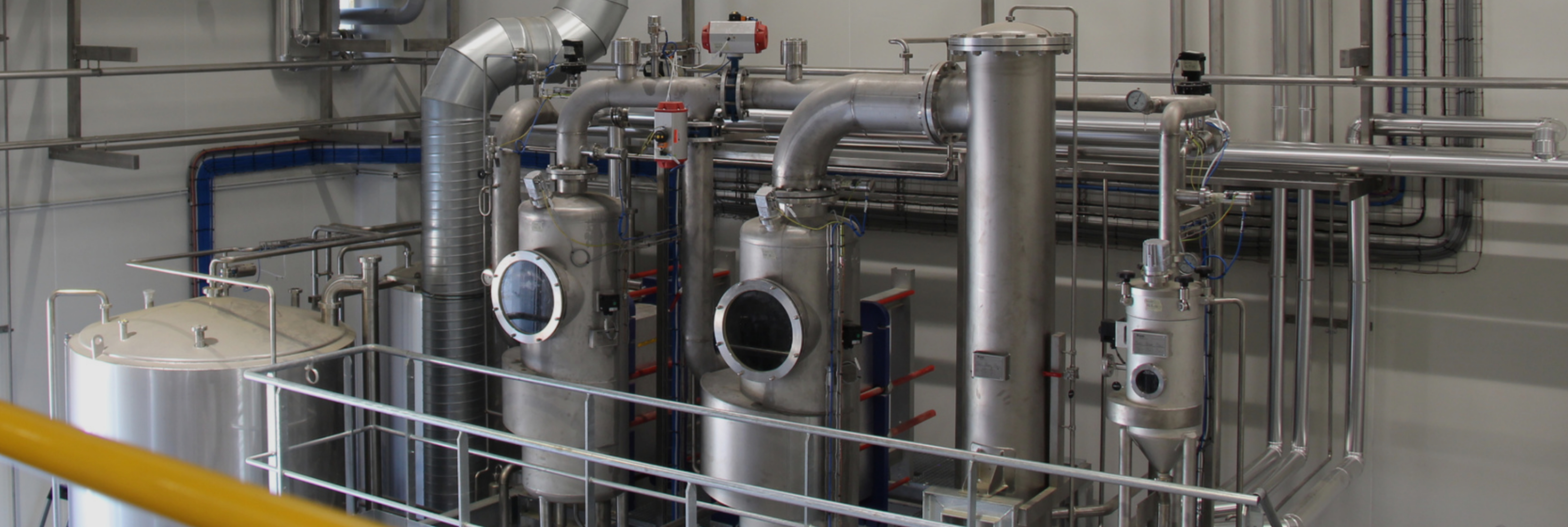
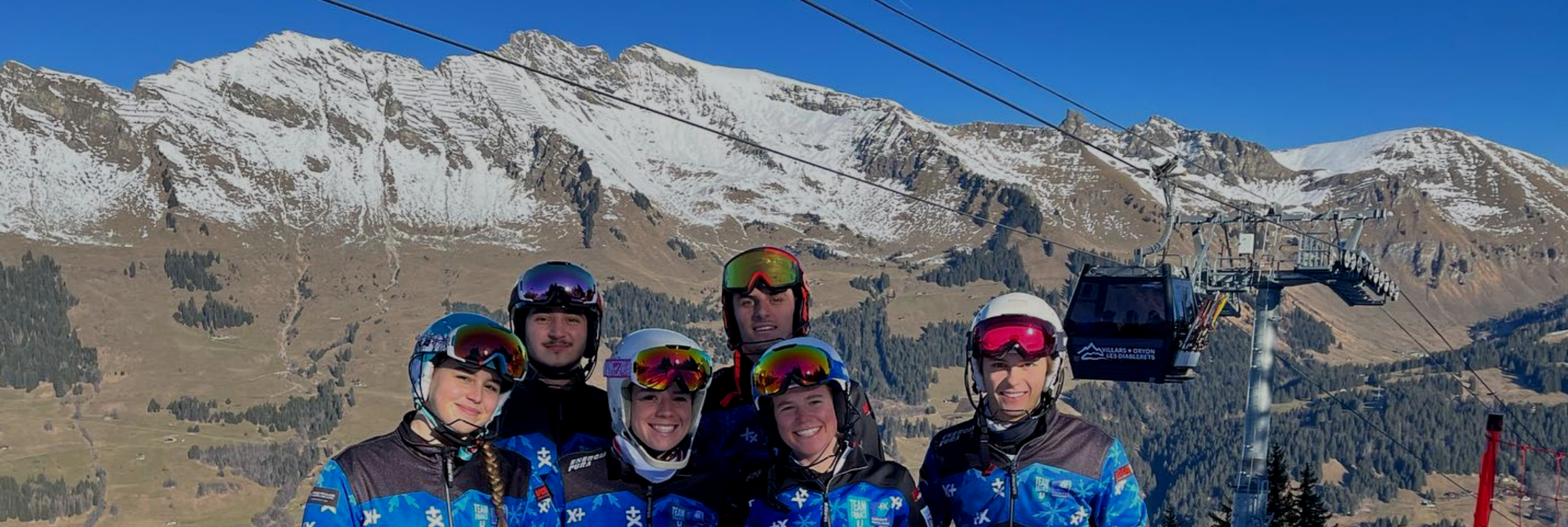
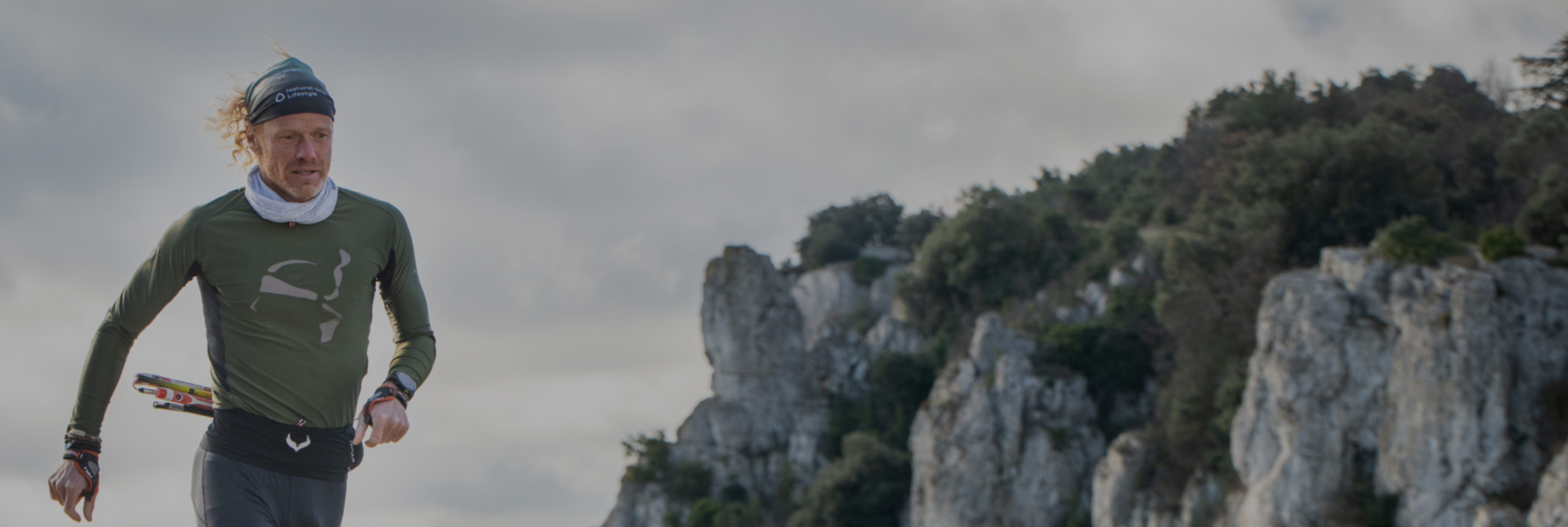
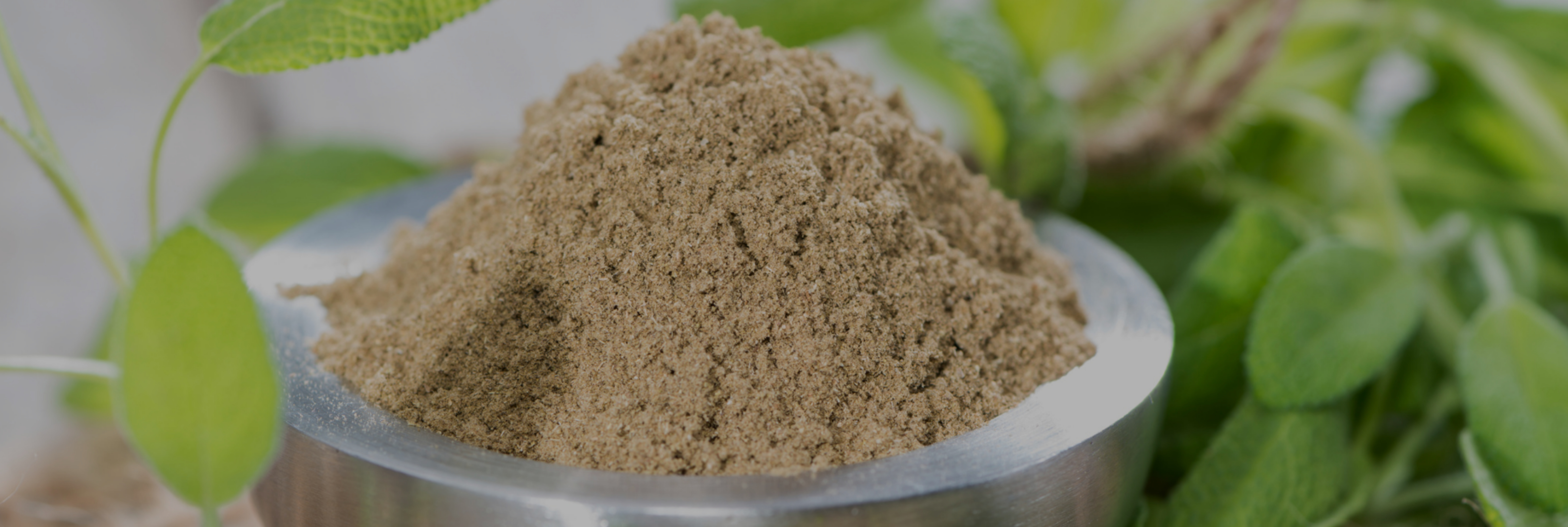

Leave a comment